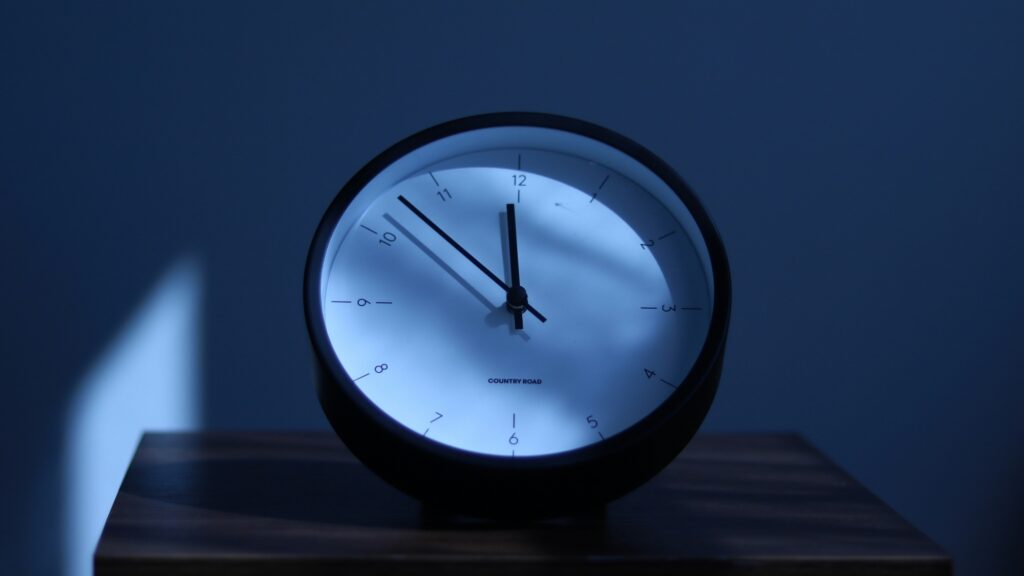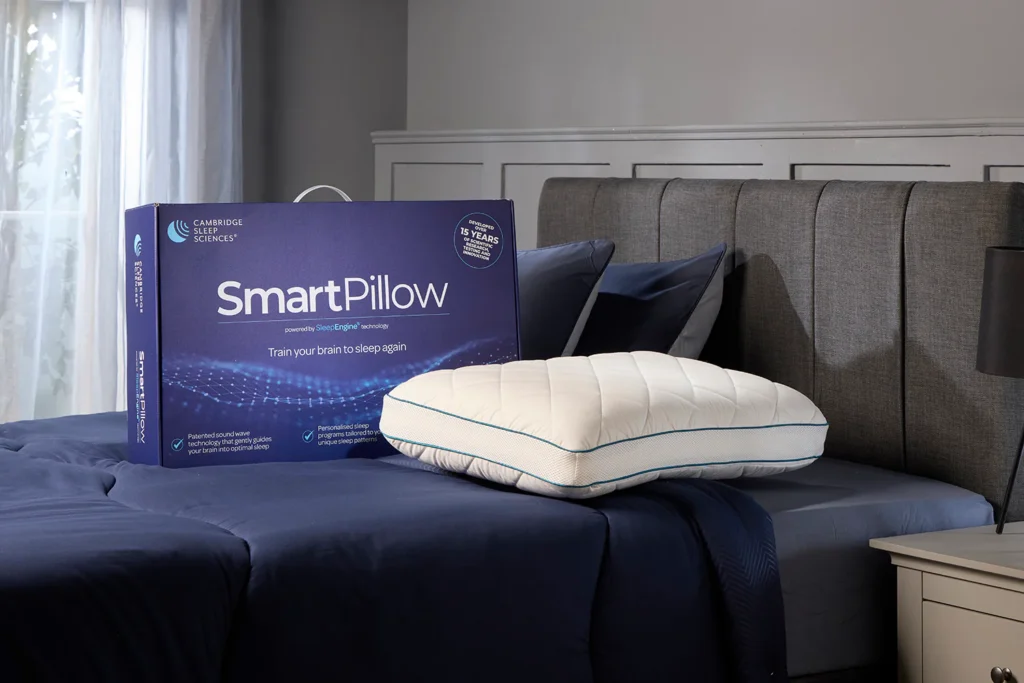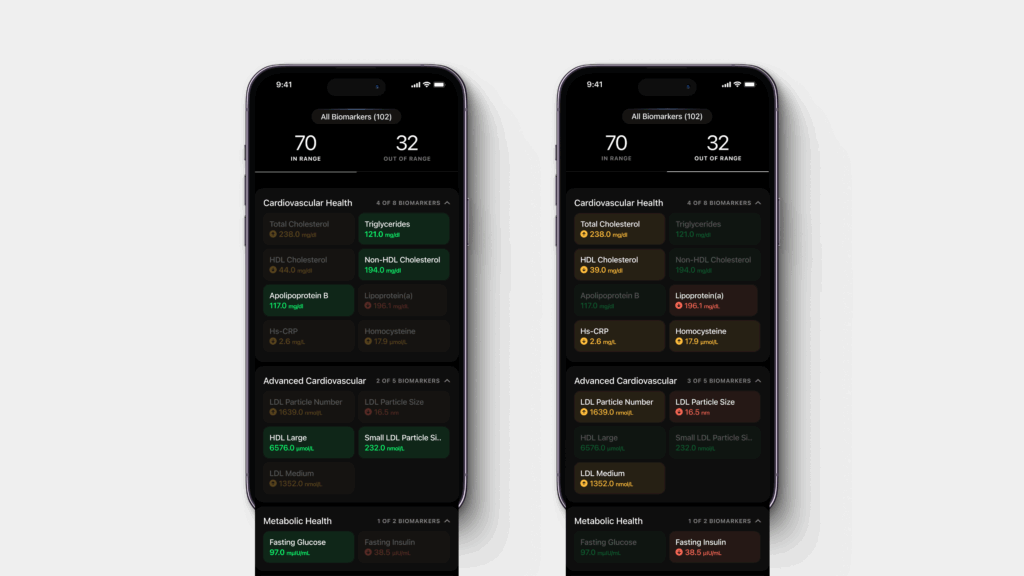Humans have evolved to live in sync with Earth’s 24-hour day-and-night cycle. As a result, nearly every cell in the human body operates according to a daily fluctuating schedule, called a circadian rhythm.1
Circadian rhythms affect our sleep-wake cycle, energy levels, food metabolism, and general health. Living in tune with our circadian rhythm can lead to increased energy and alertness and is linked to longevity. Living out of sync with that cycle is interpreted as a “disruption” by the body and is linked to a host of negative cardiovascular and metabolic health outcomes.
In this article, we explore how circadian rhythms work, why they’re important, and how to use body clock regulation for performance and recovery.
Highlights
- Circadian rhythms influence sleep quality and timing, metabolism, hormone production, mental health, performance, and more.
- Disruptions to circadian rhythms can negatively impact energy levels, mood, and long-term health.
- Receiving morning sunlight exposure is an anchor point for the body that sets your body clock and helps maintain a consistent sleep schedule.
Understanding and tracking circadian rhythms
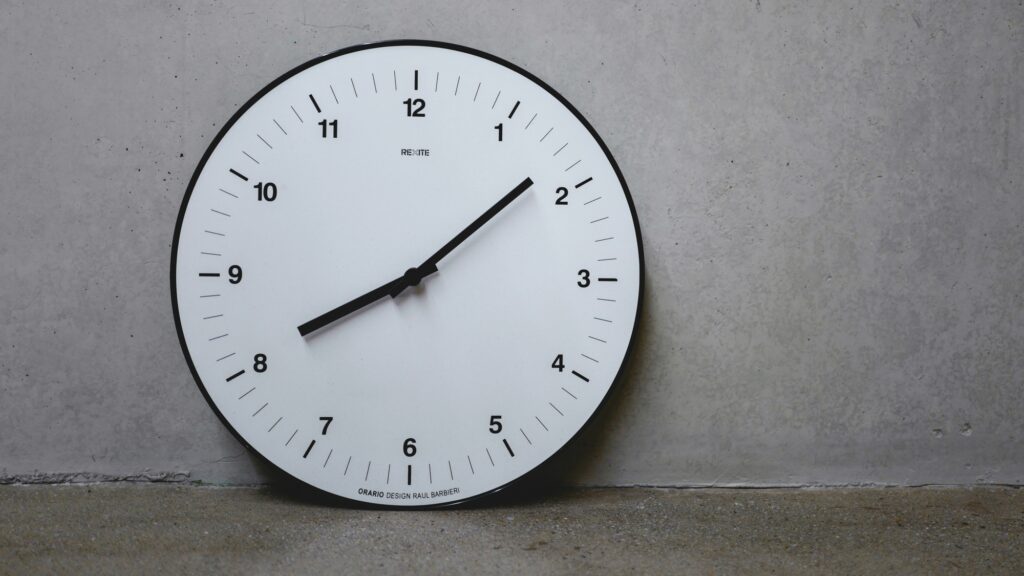
Understanding and tracking circadian rhythms are the first steps toward better circadian health.
What influences circadian rhythms?
The human brain houses a master clock called the suprachiasmatic nucleus (SCN), which largely controls circadian rhythms.1
We have peripheral clocks located in tissues throughout the body also impact circadian rhythms, but to a lesser degree.3
Light and dark exposure is the external factor that influences human circadian rhythms more than anything else.2
When eyes are exposed to darkness, the SCN stimulates the pineal gland to produce melatonin, prompting tiredness. Conversely, exposing the eyes to light suppresses the production of melatonin, resulting in continued alertness.1,2,3
In addition to light and darkness, other external factors can influence the timing of circadian rhythms. These factors are called zeitgebers, or “time-givers,” and they include:1,2,3
- Air temperature
- Exercise and exercise timing
- Meal timing
- Sleep timing
- Stress
- Work, school, and social schedules
Tracking circadian rhythms
Information collected by wearables, like physical activity, heart rate, and sleep-wake cycle data, can be used to approximate circadian rhythm tracking.4,5
The most accurate circadian rhythm tracking method is less commonly used, because it’s also the most complicated, hard to do, and expensive. Monitoring fluctuations in hormone levels, especially melatonin, gives the most complete picture of circadian rhythms.3
The role of circadian rhythm in sleep
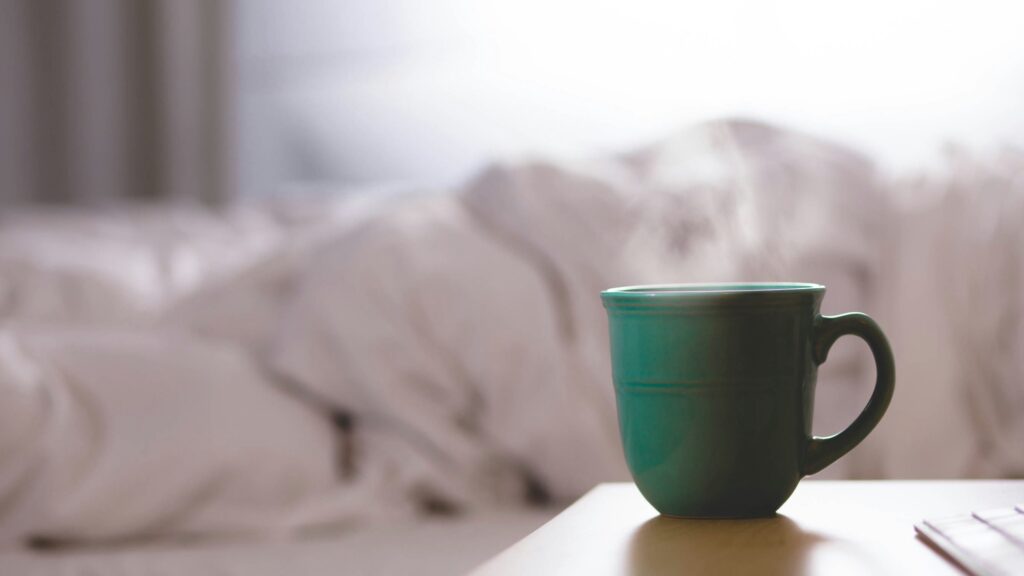
In addition to impacting when people feel tired or awake, circadian rhythms affect how well people sleep and how well they perform during the day. Aligning one’s circadian rhythm with the daylight-darkness cycle of their environment can provide benefits, but might be more challenging for people with certain chronotypes, or sleep-wake tendencies.
Circadian rhythms and sleep quality
When a person’s circadian rhythms are mismatched with their environment, their sleep quality suffers compared to their ideal rest phase. Other symptoms, like daytime tiredness or mood disruptions, can develop.3,6
This mismatch usually occurs after a person travels across multiple time zones and develops jet lag, or works unusual hours and develops shift work disorder. The sooner you can align yourself to the new timezone, the better.
Light exposure in the evenings, whether from the blue light of digital devices or even room lights, can also misalign a person’s circadian rhythms.6,7
Circadian rhythms and chronotypes
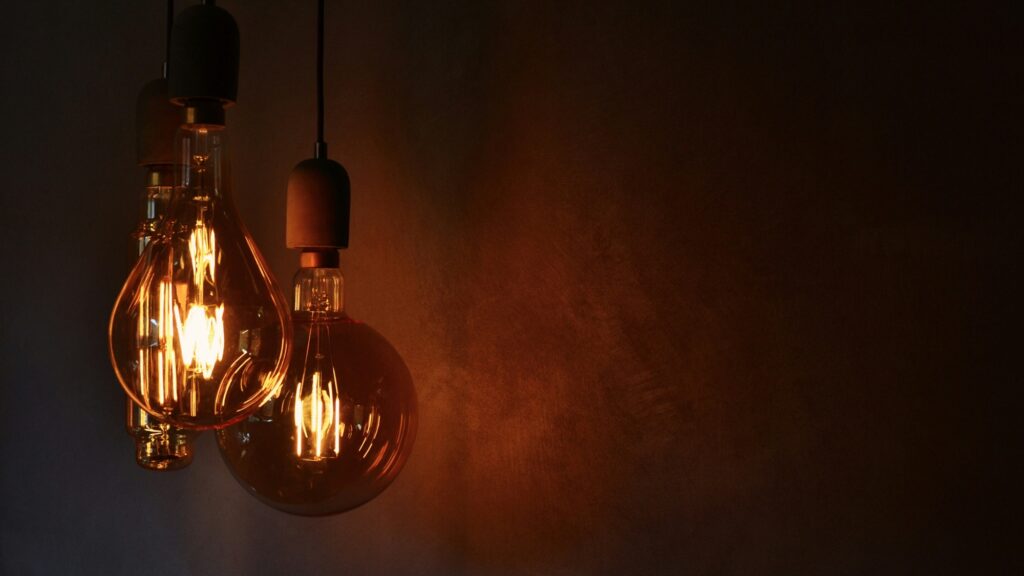
A person’s chronotype describes where their circadian rhythms appear to naturally fall compared to the daylight-darkness cycle of their environment.
“Morning larks” or “early bird” chronotypes are people who tend to wake up earlier than most. On the other hand, “night owls” stay up later and are said to have a delayed sleep phase.8
The development of chronotypes is thought to stem from differences in the main regulator genes of circadian rhythms.9 Since the industrial revolution, humans receive more light exposure at night due to the advent of the light bulb. Studies suggest that when humans receive daytime sun exposure and avoid nighttime light exposure, chronotype differences begin to disappear.
Circadian rhythms and metabolism
When a person’s circadian rhythms are well aligned with their environment, their body is best equipped to metabolize food, especially during the daytime.10 Evidence suggests that misaligned circadian rhythms can interfere with the body’s ability to properly metabolize food, even causing metabolic disorders such as obesity, type 2 diabetes, high cholesterol, and metabolic syndrome.10
Anything that disrupts a person’s circadian rhythms, such as an altered sleep schedule or changes in light exposure, may impact their metabolism. Meal timing is also a zeitgeber, or a factor that influences circadian rhythms.10 Eating when one usually sleeps, late in the evening, or skipping breakfast may all contribute to weight gain and metabolic dysfunction.10
Circadian rhythms and mental health
Disrupted circadian rhythms are associated with mental illnesses, including anxiety, depression, bipolar disorder, and schizophrenia.11,12
Shift work may worsen mental health, and some mental health disorder treatments are aimed at impacting circadian rhythms.13,13 Mental health symptoms can even fluctuate on a circadian schedule, with people experiencing worsened depression or anxiety in either the morning or evening.11
More research is needed to fully understand how circadian rhythms and mental health relate. At this point, it’s not clear if circadian rhythm disruption can be said to cause mental illness or not.11 However, studies suggest that aligning circadian rhythms through lifestyle changes can improve mental health.14
How to optimize circadian rhythms

People are becoming increasingly interested in circadian health, wanting to align their circadian rhythms with their local environment to improve sleep, performance, and overall wellness. These tips can help a person optimize their circadian rhythms: 6,10
- Try to fall asleep and wake up at roughly the same time every day, even on days off
- Get sunlight exposure each morning, if possible, without wearing sunglasses
- Eat meals at around the same time each day
- Avoid large meals in the hours before sleep
- Avoid caffeine and alcohol in the hours before sleep
- Avoid strenuous exercise in the hours before sleep
- Limit blue light exposure 30-45 minutes before bed and try reed-tinted blue light-blocking glasses.
- Remove or cover sources of nighttime light exposure, like nightlights, street lights, and status lights on electronic devices
Conclusion
Circadian rhythms play a fundamental role in regulating nearly every function in the body. By altering daily habits to align natural biological cycles with the local environment, individuals can improve sleep, energy levels, metabolism, and mental health.
Simple adjustments, such as getting sunlight in the morning, maintaining a regular sleep schedule, and eating at consistent times, can significantly improve circadian health and overall well-being.
References
- Skeldon, A.C., Phillips, A. J., & Dijk, D.J. (2017). The effects of self-selected light-dark cycles and social constraints on human sleep and circadian timing: a modeling approach. Scientific Reports, 7, 45158. https://doi.org/10.1038/srep45158
- Circadian Rhythms | National Institute of General Medical Sciences. (n.d.). https://www.nigms.nih.gov/education/fact-sheets/Pages/circadian-rhythms
- Reddy, S., Reddy, V., & Sharma, S. (2023, May 1). Physiology, circadian rhythm. StatPearls – NCBI Bookshelf. https://www.ncbi.nlm.nih.gov/books/NBK519507/
- Shandhi, M. M. H., Wang, W. K., & Dunn, J. (2021). Taking the time for our bodies: How wearables can be used to assess circadian physiology. Cell Reports Methods, 1(4), 100067. https://doi.org/10.1016/j.crmeth.2021.100067
- Wu, C., McMahon, M., Fritz, H., & Schnyer, D. M. (2022). circadian rhythms are not captured equal: Exploring Circadian metrics extracted by different computational methods from smartphone accelerometer and GPS sensors in daily life tracking. Digital Health, 8, 205520762211142. https://doi.org/10.1177/20552076221114201
- Desai, D., Momin, A., Hirpara, P., Jha, H., Thaker, R., & Patel, J. (2024). Exploring the role of circadian rhythms in sleep and recovery: a review article. Cureus. https://doi.org/10.7759/cureus.61568
- Gooley, J. J., Chamberlain, K., Smith, K. A., Khalsa, S. B. S., Rajaratnam, S. M. W., Van Reen, E., Zeitzer, J. M., Czeisler, C. A., & Lockley, S. W. (2010). Exposure to Room Light before Bedtime Suppresses Melatonin Onset and Shortens Melatonin Duration in Humans. The Journal of Clinical Endocrinology & Metabolism, 96(3), E463–E472. https://doi.org/10.1210/jc.2010-2098
- Gentry, N. W., Ashbrook, L. H., Fu, Y., & Ptáček, L. J. (2021). Human circadian variations. Journal of Clinical Investigation, 131(16). https://doi.org/10.1172/jci148282
- Roenneberg, T., Foster, R. G., & Klerman, E. B. (2022). The circadian system, sleep, and the health/disease balance: a conceptual review. Journal of Sleep Research, 31(4). https://doi.org/10.1111/jsr.13621
- Guan, D., & Lazar, M. A. (2021). Interconnections between circadian clocks and metabolism. Journal of Clinical Investigation, 131(15). https://doi.org/10.1172/jci148278
- Walker, W. H., Walton, J. C., & Nelson, R. J. (2021). Disrupted circadian rhythms and mental health. Handbook of Clinical Neurology, 259–270. https://doi.org/10.1016/b978-0-12-819975-6.00016-9
- Yeom, J. W., Park, S., & Lee, H. (2024). Managing circadian rhythms: a key to enhancing mental health in college students. Psychiatry Investigation, 21(12), 1309–1317. https://doi.org/10.30773/pi.2024.0250
- Walker, W. H., Walton, J. C., DeVries, A. C., & Nelson, R. J. (2020). Circadian rhythm disruption and mental health. Translational Psychiatry, 10(1). https://doi.org/10.1038/s41398-020-0694-0
- Yeom, J. W., Park, S., & Lee, H. (2024b). Managing circadian rhythms: a key to enhancing mental health in college students. Psychiatry Investigation, 21(12), 1309–1317. https://doi.org/10.30773/pi.2024.0250
(Disclaimer) The contents of this article are for general information and educational purposes only. It neither provides any medical advice nor intends to substitute professional medical opinion on the treatment, diagnosis, prevention or alleviation of any disease, disorder or disability. Always consult with your doctor or qualified healthcare professional about your health condition and/or concerns before undertaking a new healthcare regimen including making any dietary or lifestyle changes.




